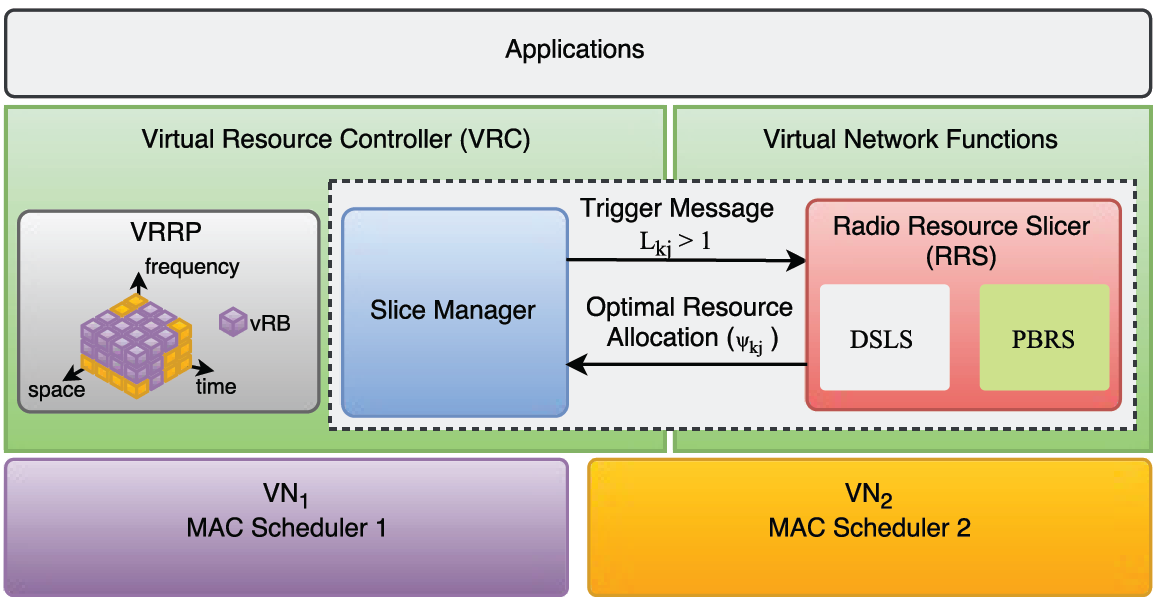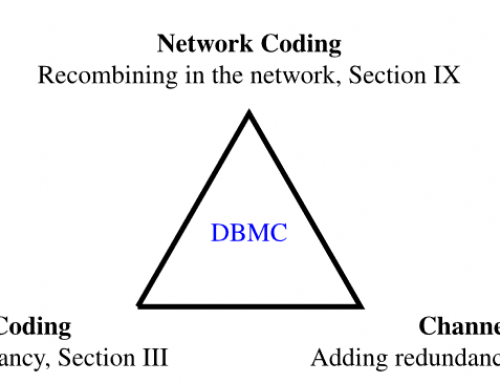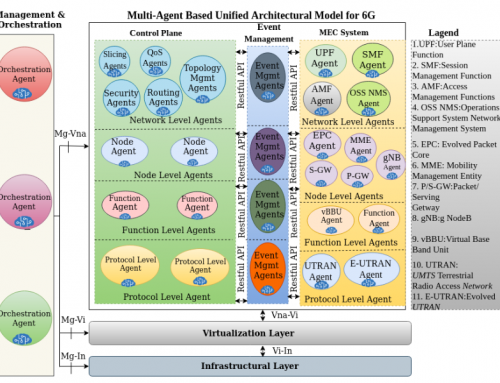Abstract:
Achieving the low-latency constraints of public safety applications during disaster could be life-saving. In the context of public safety scenarios, in this paper, we propose an efficient radio resource slicing algorithm that enables first responders to deliver their life-saving activities effectively. We used the tool of stochastic geometry to model the base station distribution before and after a disaster. In addition, under this umbrella, we also proposed an example of public safety scenario, ultrareliable low-latency file sharing, via in-band device-to-device (D2D) communication. The example scenario is implemented in NS-3. The simulation results show that radio resource slicing and prioritization of first responders resources can ensure ultrareliable low-latency communication (URLLC) in emergency scenarios.






